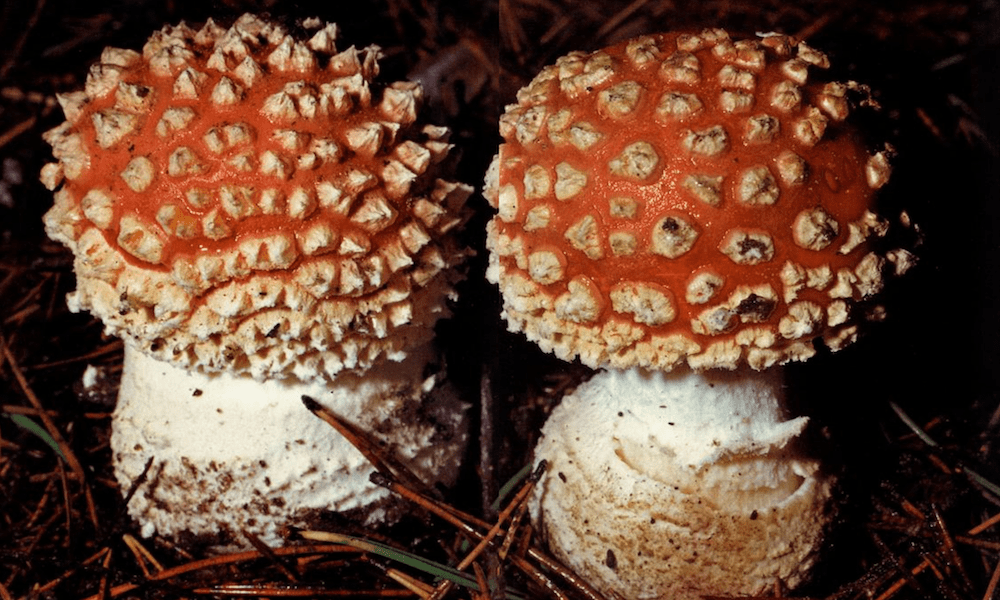Each Friday, we’ll be republishing an article from the High Times archives. This week, we’re bringing you an article by Tom Robbins, published in the December, 1976 issue.
Grace Slick scarcely could have known it, but that toadstool that Alice nibbled in Wonderland was neither the “magic mushroom” of Mexican origin nor some purely fictitious fungus sprung from the rich humus of Lewis Carroll’s imagination. It was a good old gringo mushroom and it was genuine. Specifically, it was the Amanita muscaria, of whose curious effects Carroll had read in a review of M. C. Cooke’s British Fungi published in the Gardener’s Chronicle and Agricultural Gazette of October 1862.
Her mushroom snack put Alice through some heavy changes, as you recall. Now, there is evidence that the Amanita muscaria put the human race through some equally striking alterations; evidence, indeed, that that common — if misunderstood — toadstool did more to shape humans ideas about themselves and their gods than any other organism with which they share the planet; evidence, further, that it has had greater cultural impact than wheat or cotton, tobacco, or corn; evidence (and now this is beginning to sound like a huge horticultural hype) that one “poisonous” fungus was the direct inspiration for every major religion on earth except Buddhism — and since Buddha chose to commit suicide by eating a mushroom, he was either paying tribute or showing spite.
Really. The evidence is from various independent sources: mycologists, ethnomycologists, classical scholars, anthropologists and philologists. And in the past three or four years, it has begun to dovetail with neat exactitude. There is a mushroom-shaped cloud overshadowing our age, true enough, but it may not be so much the symbolic specter of nuclear annihilation as it is the silhouette of the very mushroom itself. For a …
Read More
Author: High Times / High Times





